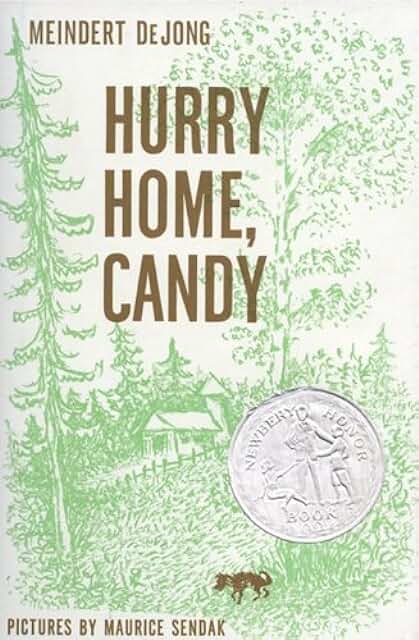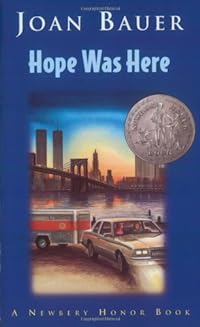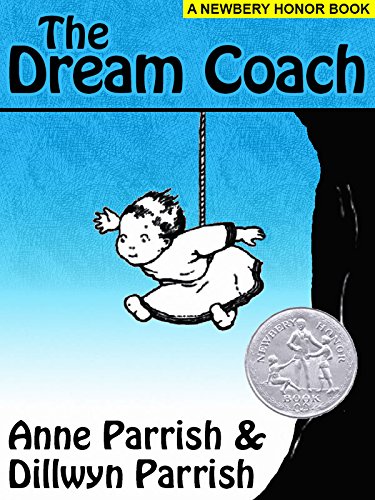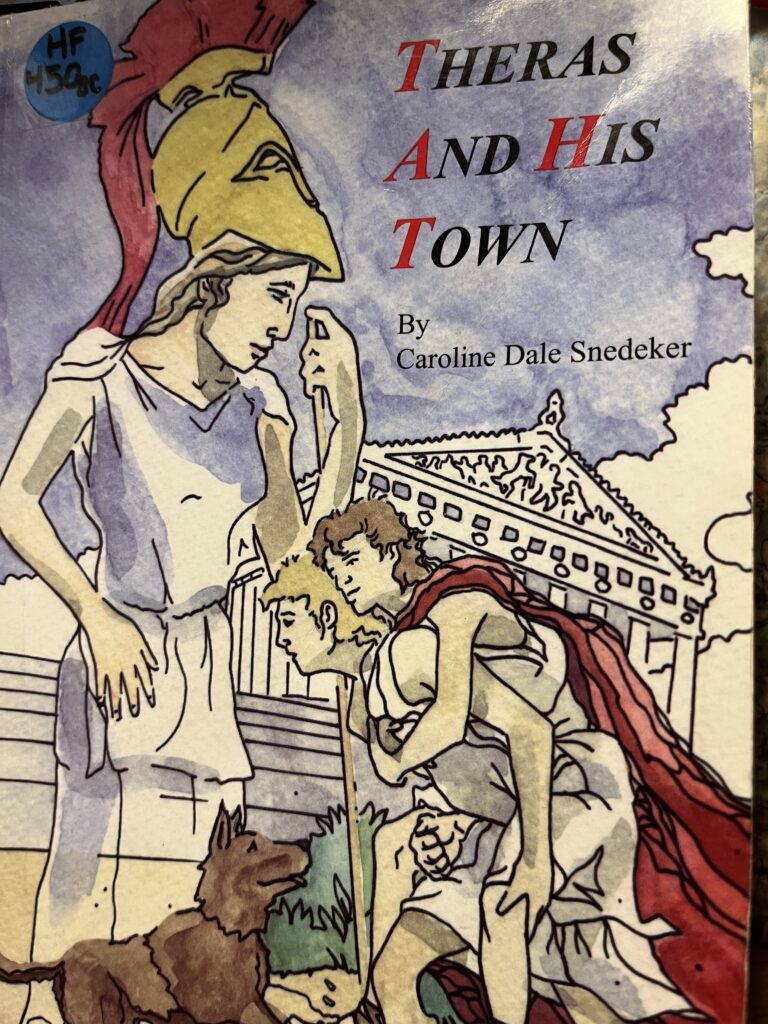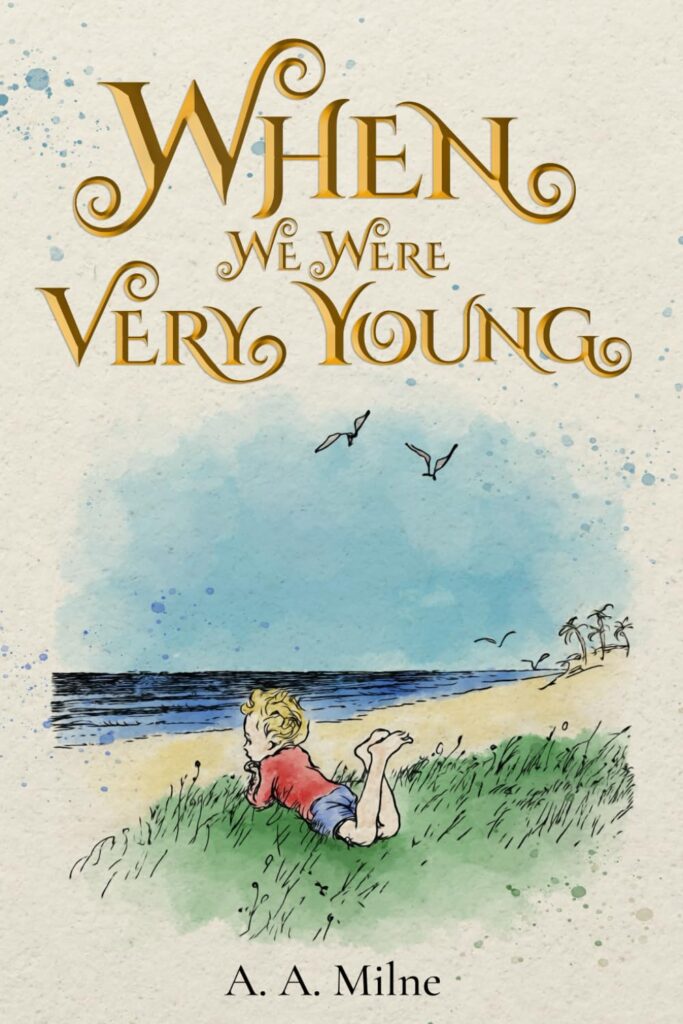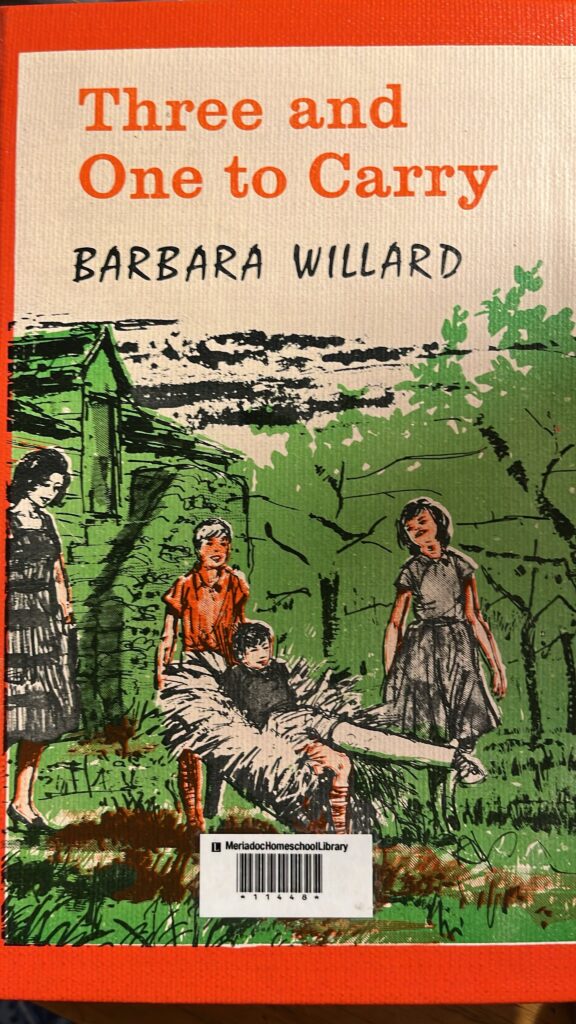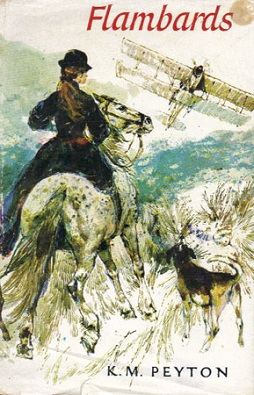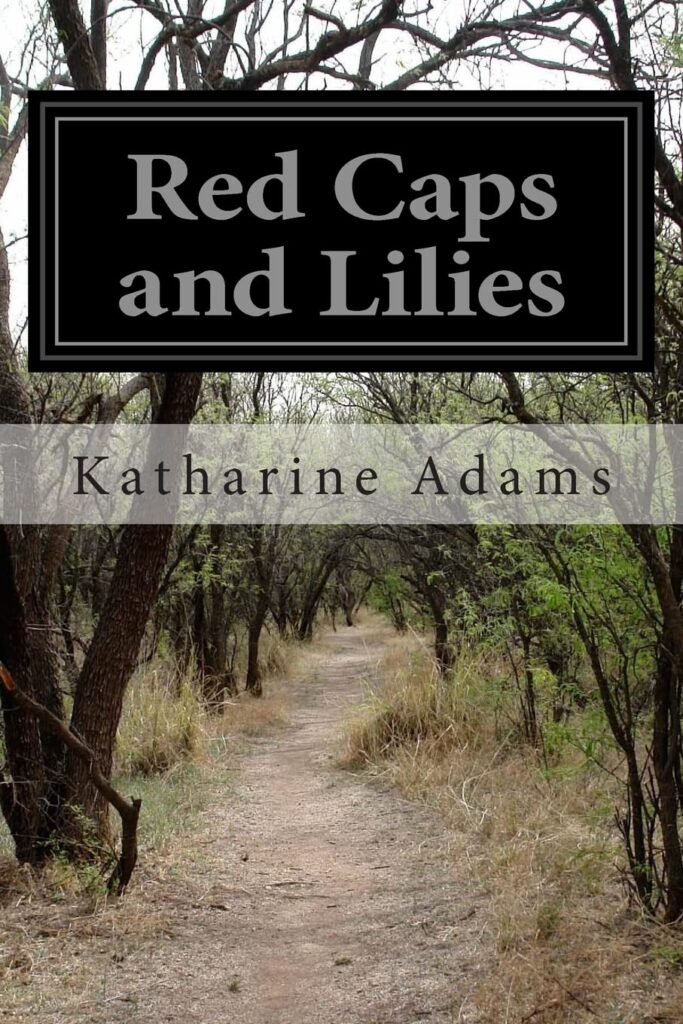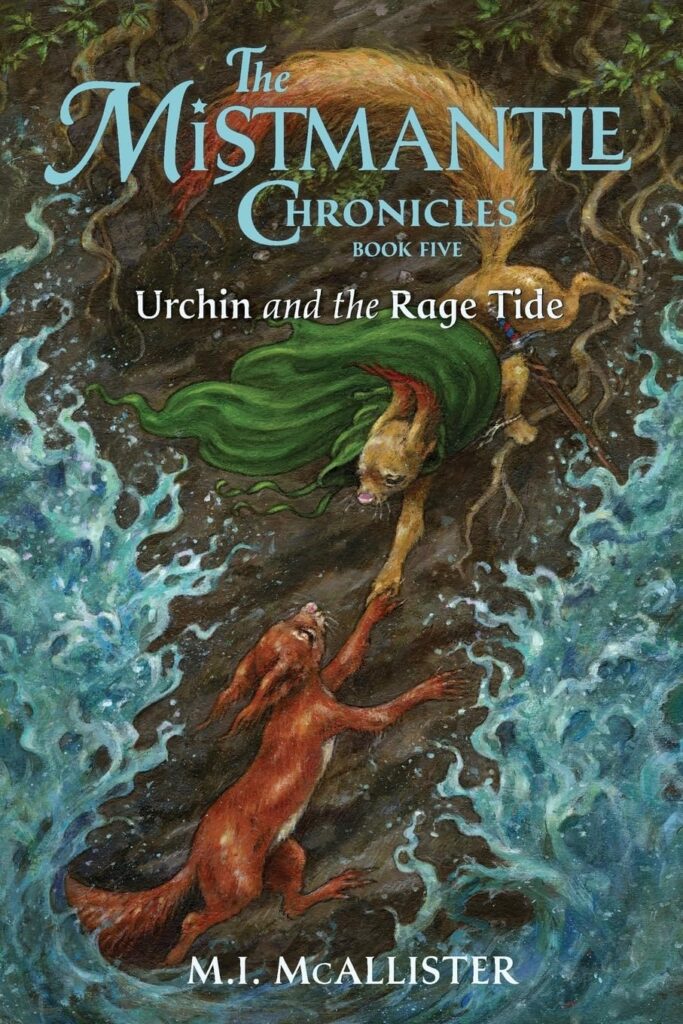It’s a hard-knock life for Candy, a small terrier whose misfortunes multiply throughout this story, in which the dog does not die, but has many near-death experiences. Abused as a puppy, then lost, abandoned, and hungry as a stray, Candy loses his name, his owners, and his home several times over. If stories of animals being mistreated, neglected, and injured make you or your child sad or angry or both, this book is not for you.
Nevertheless, the book reminded me of The Incredible Journey, our book club book for this month, and it does have a redemptive and hopeful ending. I was also reminded of the story of the prodigal son and the Prodigal Father who welcomed him home. The writing is especially luminous and life-giving on the last few pages of the book (spoiler warning for those who want to read without knowing the ending):
“The little dog stood up; the little dog had started to obey. And in a moment he would walk across the open yard and through an open door. And then he would be in. Then he would not merely have a pan of food, he’d have a home, he’d have a name, he’d have a love for a great, good man. A love for a man that would grow and grow in a great, good life with the man. A love so huge, and so complete and so eternal, the little dog would hardly be able to encompass it in his one little timid heart.”
Meindert DeJong was a Dutchman who emigrated to the United States to the United States with his family as a boy and began writing children’s books at the suggestion of a librarian. (Yay, librarians!) His books won a record four Newbery honors (Shadrach; Hurry Home, Candy; The House of Sixty Fathers; Along Came a Dog) and one Newbery Medal (The Wheel on the School), and yet another book, Journey From Peppermint Street, won the National Book Award for Children’s Literature in 1969. The illustrations in Hurry Home, Candy are by Maurice Sendak.
One more fair warning: Candy must weather hunger, loneliness, neglect, abandonment, mistreatment, misunderstanding, attack by a pack of wild dogs, gun violence, injury, and disappointment to get to that happy ending. This Newbery Honor book from 1953 is worth reading, but not for the faint or tender of heart.
